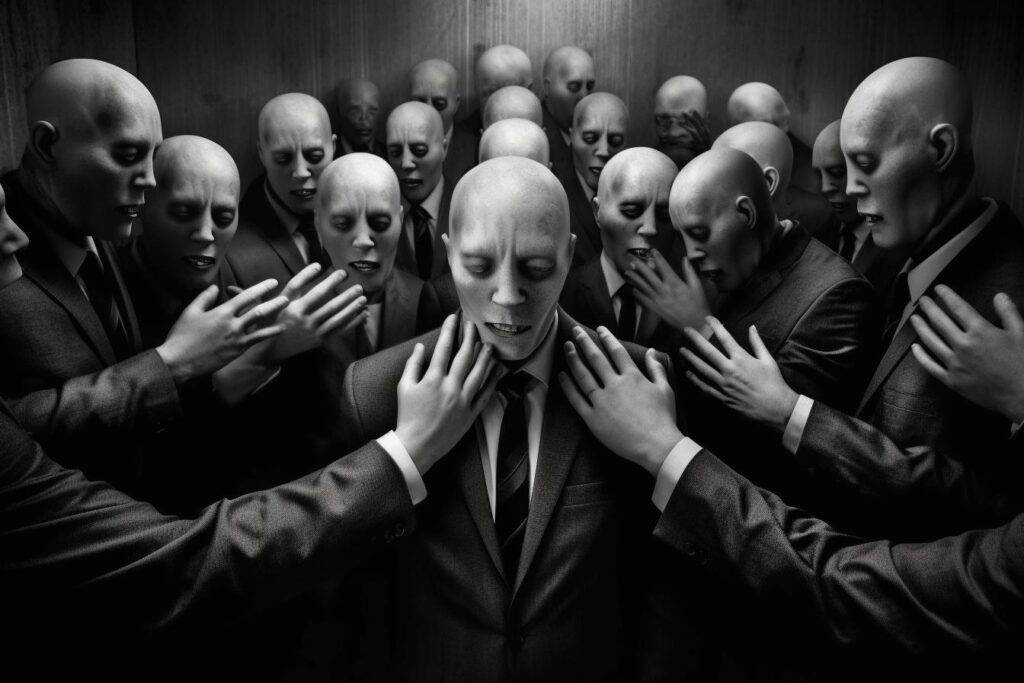Propaganda is a powerful tool used today to shape public opinion, influence perceptions and develop certain narratives. It involves the deliberate dissemination of information or ideas, often through biased or misleading means, with the aim of manipulating people’s beliefs and actions. Although propaganda has historically been associated with repressive regimes, its presence in modern society is not limited to politics, but can be found in a wide range of fields.
In today’s society, propaganda is used by various groups, including governments, corporations, interest groups and the media. It serves as a means to shape public discourse, influence public opinion and maintain control or influence over certain narratives. Propaganda techniques have evolved to adapt to the digital age, such as social media platforms or online communication channels, which provide new opportunities to disseminate information and manipulate public perception.
The use of propaganda in today’s society raises questions about the ethics and impact of information manipulation. Recognizing propaganda in its various forms is crucial to maintaining an informed and democratic society, as it allows individuals to question and challenge the information presented to them.
While propaganda can be used for nefarious purposes, such as spreading disinformation or suppressing ideas, it is also can be used for positive purposes. Socially active individuals or groups often use persuasive communication techniques to raise public awareness of important issues and mobilize public support for change.
In today’s complex information environment, it is crucial for individuals to be alert, critical and discerning consumers of information. By actively questioning the news they encounter, seeking different perspectives and checking facts, individuals can protect themselves from manipulative propaganda and contribute to a more informed and democratic society.
With reference to George Orwell’s 1984, propaganda can be divided into five categories: doublethink, new speech, thought police, emotional manipulation, changing history. The book does not use these methods in good faith, but they work perfectly well.
War is not peace!
Freedom is not slavery!
Knowledge is power!




